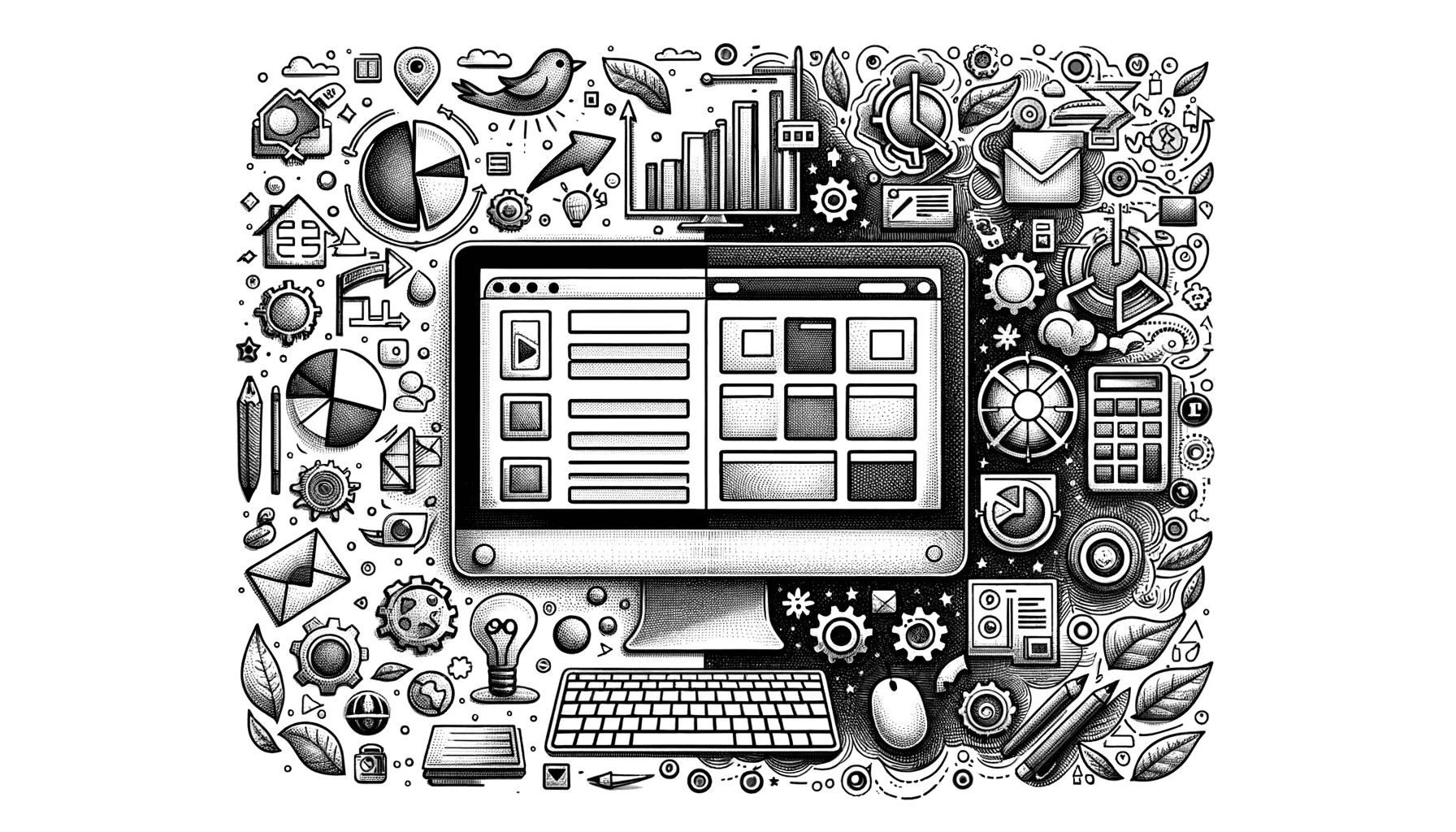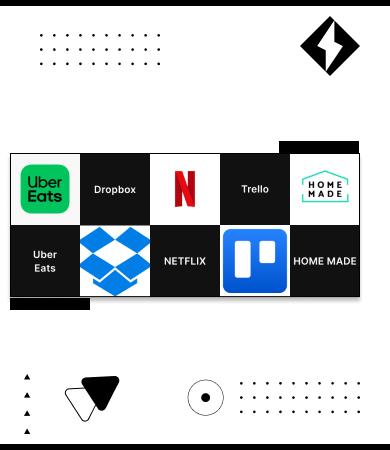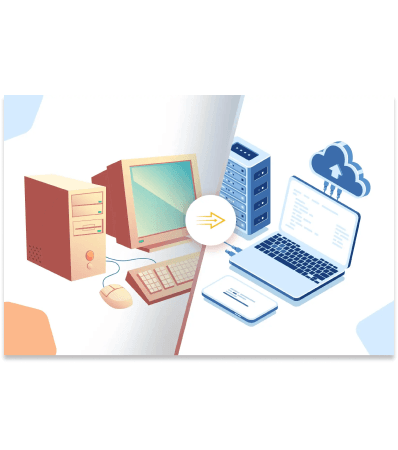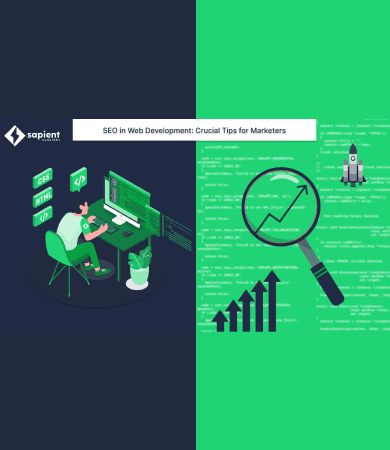Support center +91 97257 89197
MERN STACKOctober 10, 2023
Integrating Modern Web Solutions in Enterprise Environments

Introduction:
With the pace of technological evolution in the web domain, clinging to legacy systems is not just about being outdated; it’s about compromising efficiency, security, and growth. Enterprises must recognize this shift and adapt accordingly. Here, we explore the reasons, benefits, and practices for businesses to integrate modern web solutions.
1. The Enterprise Landscape:
→ Legacy Systems:
Historically, enterprise systems were monolithic, rigid, and heavily tailored to specific business needs. These systems, although once groundbreaking, now often stand as barriers to agility, scalability, and integration.
→ Modern Demands:
In today's digital age, consumers and employees alike expect seamless, intuitive experiences. Add to this the push for remote working, reliance on data analytics, and the omnipresence of mobile devices, and it becomes clear that modern solutions are not just an option but a necessity.
2. The Value of Modern Web Solutions for Enterprises:
→ Efficiency and Productivity:
Modern tools, especially those rooted in the MERN stack, offer frameworks that facilitate faster development, streamlined operations, and collaborative work environments.
→ Scalability:
Solutions like cloud-based infrastructures and microservices are inherently built to scale, ensuring businesses can grow without technology being a bottleneck.
→ Enhanced User Experience:
With frameworks like React, businesses can offer rich, dynamic user experiences that respond in real-time, satisfying both customers and employees.
→ Security Enhancements:
Modern solutions often come with built-in security features. Tools like JWT (JSON Web Tokens) in Node.js applications ensure secure data transmission.
3. Key Modern Web Solutions for Enterprise:
→ Cloud Computing:
Beyond just storage, cloud platforms like AWS, Azure, and Google Cloud offer a suite of tools that cater to computing, AI, database needs, and more.
→ Progressive Web Apps (PWAs):
PWAs provide the best of both worlds, offering web-based applications that function with the look and feel of native apps, enhancing offline usability and performance.
→ APIs and Microservices:
Breaking applications into modular, independent components not only eases maintenance but also enhances scalability and resilience.
→ Data Analytics Tools:
Modern enterprises thrive on data. Tools like MongoDB's analytics functions or integrations with platforms like PowerBI can power data-driven decision-making
4. Challenges in Integration:
→ Interoperability:
Not all legacy systems will play nice with modern solutions. Utilizing middleware or building custom adapters can often bridge the gap.
→ Change Management:
Tech integration isn't just about the tech. People, with their habits and fears, often pose the most significant challenge. Continuous training and transparent communication are vital.
→ Data Migration:
Migration can be a herculean task, especially with discrepancies in data structures between old and new systems. Tools like MongoDB's Atlas can assist in smooth, secure migrations.
→ Security Concerns:
Every integration point is a potential vulnerability. Rigorous testing, using tools like OWASP Zap or even manual penetration tests, can help identify and rectify these.
5. Best Practices for Integrating Modern Web Solutions:
→ Pilot Testing:
Before a full-fledged rollout, testing the waters with a pilot phase can help identify pain points early.
→ Continuous Training:
Tools are only as good as the hands wielding them. Regular training sessions ensure that employees make the most of the new integrations.
→ Stakeholder Communication:
Keeping every concerned party informed ensures smoother transitions and buy-in from all sides.
→ Monitoring and Feedback:
Once integrated, tools like Grafana or Kibana can help monitor system health, while feedback mechanisms can capture user sentiment.
Conclusion:
Stagnation is a luxury no business can afford. As we forge ahead into this ever-evolving digital age, enterprises must stay proactive, ensuring their technological backbone is robust, efficient, and modern. The tools are out there; it's just about making the right choices.
Is your enterprise still caught in the web of legacy systems? Now's the time to act. Reevaluate your technological foundations and consider the shift to modern web solutions. For consultations or further insights, feel free to reach out.
TLDR
- The Enterprise Landscape: Traditional enterprise systems are limited in catering to modern business needs.
- Value of Modern Solutions: Modern web tools enhance efficiency, scalability, user experience, and security in enterprises.
- Key Solutions: Integration can encompass cloud computing, PWAs, APIs, microservices, and data analytics tools.
- Challenges: Integration can face issues with interoperability, change management, data migration, and security.
- Best Practices: Effective integration involves pilot testing, continuous training, stakeholder communication, and performance monitoring.
- Conclusion: For enterprises to remain competitive, the adoption and integration of modern web solutions is crucial.
FAQs
Modern web solutions refer to contemporary technologies and tools, such as cloud computing, Progressive Web Apps (PWAs), APIs, microservices, and advanced data analytics tools, designed to enhance enterprise efficiency, scalability, user experience, and security.
Enterprises should consider integrating modern web solutions to remain competitive, enhance productivity, improve scalability, offer better user experiences, and fortify their security protocols. These integrations can also streamline workflows and facilitate better decision-making through advanced data analytics.
Enterprises can encounter challenges related to interoperability with existing systems, managing the transition and adoption among staff (change management), safely migrating data from old systems to new ones, and ensuring that the new integrations do not introduce security vulnerabilities.
Yes, best practices include pilot testing new solutions before full-scale implementation, offering continuous training to staff, maintaining open communication with all stakeholders, and regularly assessing and adjusting the performance of new integrations.
Enterprises should emphasize security at every stage, from selecting solutions with strong security protocols to conducting regular audits. Furthermore, adopting a robust cybersecurity framework, investing in continuous staff training, and keeping software and solutions updated can also fortify enterprise security.
Work with us







